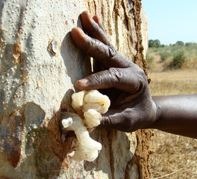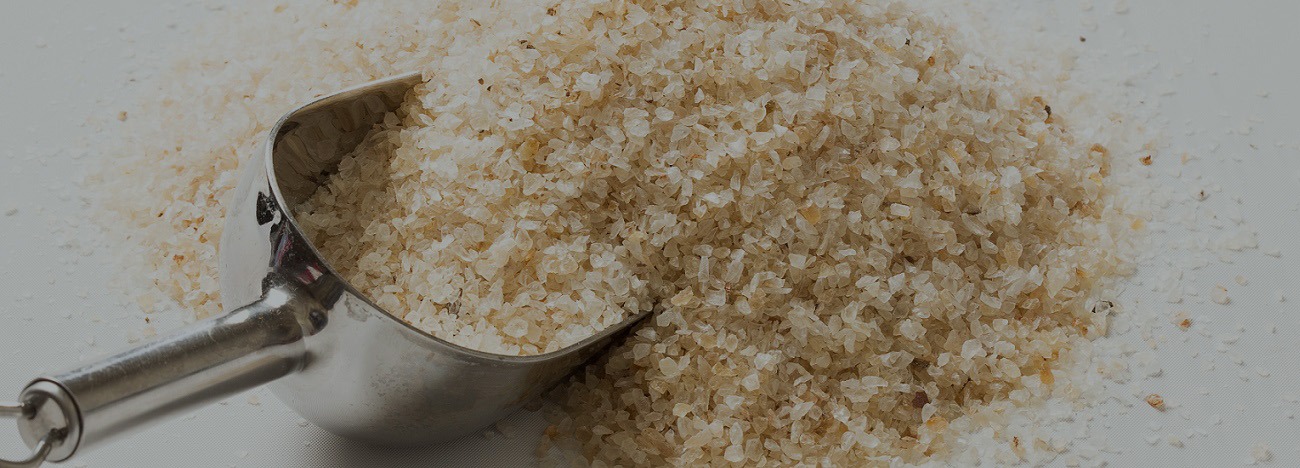Science & Regulation
Karaya gum has been used for many centuries in traditional African and Indian cooking. Nowadays, karaya gum is a natural and vegetal additive used in the food and pharmaceutical industries.
Karaya gum is also known as E416 in the EFSA (European Food Safety Authority) additive referential.
Karaya gum is a non starch polysaccharide. Also commonly named “Sterculia” or E416, karaya gum is collected on Sterculia trees in Africa and India. It is not tree sap, it is a natural tree exudate. Then it is cleaned and dried before being processed in Alland & Robert facilities.

Regulation
Karaya gum is a natural product that is recognized as a fiber, and without any negative impact on health. According to the EFSA (European Food Safety Authority), or the JECFA (Joint FAO/WHO Expert Committee on Food Additives), there is no safety concern for karaya gum, and there is no need for a numerical ADI (Acceptable Daily Intake) for E416.
Depending on the country legislation, Karaya gum is authorized to be used in the formulation of a wide number of food products. Local legislations must be checked before adding karaya gum in a product.

Microbiological quality
Leader in the natural vegetal gum business and world leader in Karaya gum, Alland & Robert has developed a method of physical treatment that reduces the total plate count of hydrocolloids while preserving all their functional properties. This major innovation is based on a currently unique concept of flash heating. The process gives Karaya gum great microbiological quality.
Associated to a specific preparation and an original transfer of the products, this unique process assures a remarkable homogeneity of the temperature within the treated gums.


